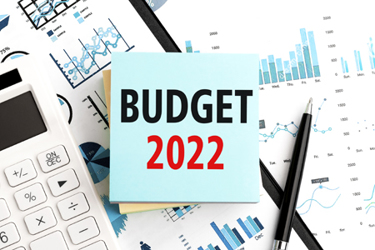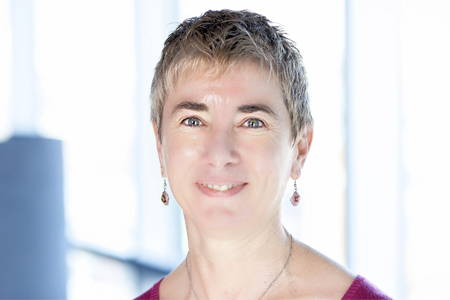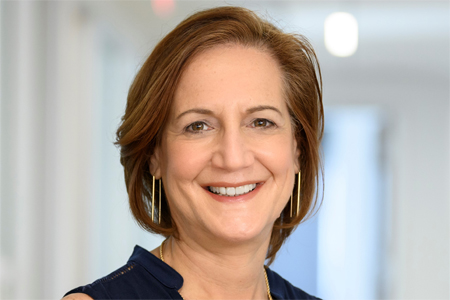Inflation Bites Biopharma In The Outsourcing Budget

By Louis Garguilo, Chief Editor, Outsourced Pharma

Well, that was certainly belated.
At the end of November 2021, Federal Reserve Chairman Jerome Powell finally jettisoned the “temporary” in “temporary inflation.”
Outsourced Pharma readers have known this for months (if not longer), including biopharma executives like Deborah Choquette, Head of Strategic Sourcing, Boston Pharmaceuticals.
Just prior to Powell’s mea culpa, she asked rhetorically, “Was it an expected six-month blip, or a five-year blip? Because I don't see this going away anytime soon.”

“We see cost increases flowing end to end,” Choquette says.
Moreover, she has already been told the increases at CDMOs and other service providers will run into 2023.
Adding to the chronic pain is something the Fed and others (perhaps conveniently) are not talking about: Even when inflation does moderate, don’t anticipate the elevated pricing to reverse itself.
“I don't see how prices come down when they won't need to. Demand is not going away. So what's the incentive?” says Choquette.
Good question. Here’s another:
Are there any inflation-ameliorating actions that can be taken by the thousands of biopharma organizations pursuing the outsourced model?
The answer is yes, and we’ll get to one specifically in a moment. First, let’s more fully detail the enemy you’re up against.
How Long, How High?

“Some of the persistent inflation is due to salary increases and related issues,” says Boston Pharmaceuticals Chief Operating Officer (and Outsourced Pharma board member) Joanne Beck.
“Suddenly a year from now – or two years from now – you're going to get people to take a lower salary to do the same job? That’s not possible.”
This transparently presents itself when hiring FTEs.
“People resources is a real issue,” says Beck. “CDMOs have to pay people more to ensure they don’t leave for another organization.” Those costs, she says, are reflected in higher FTE rates.
As for raw materials and consumables , Choquette tells me: “CDMOs say, ‘We can't get vials right now; they’re at a premium, and we’re going to charge you that premium.’”
Again, she’s concerned even if it subsides somewhat, there’ll still be enough demand to disincentivize service providers from knocking prices down.
“I believe there’d have to be a much bigger market correction, or some other major factor, to make those costs come down,” she says.
Those things do happen. But you certainly can’t budget for them in 2022.
What’s a drug developer to do?
Go Strategic
Beck and Choquette came to the realization what they needed was a single, strategic CDMO relationship, one that might help them acquire earlier production slots to combat supply-chain bottlenecks; take out at least some inflationary pressures; and allow Boston Pharmaceuticals to handle more assets but maintain their lean operating model.
The search wasn’t easy, but they found an organization willing to form that partnership.
“It’s the sort of strategic alliance that allows us to have access, to really negotiate costs and timelines, and maintain our outsourcing model,” says Choquette. “We wanted one partner that we're going to be invested in, so they feel invested as well, and we've been able to do that in the biologic space this year. That was huge for us."
She continues: “We had multiple programs come in with overlapping development timelines, requiring the same resources and deliverables. So how do we manage that? It is not reasonable to expect a small company to manage five different CDMOs to do similar things. So we pretty much took it all into a CDMO and said, ‘Here's our platform. Here's what we have and plan to do in this space. How can we work with you to take all of this on? Are you interested? Do you want to be our partner?’”
At least one organization said yes.
Did It Touch Inflation?
But does consolidating with a single CDMO really help counter inflation, when in some regards it sounds counterintuitive?
It does counter inflation, say Beck and Choquette, for the following reasons.
First, as mentioned above, it allows the company to progress more assets – especially biologics – without adding internal resources (and those rising salaries).
Second, it allows closer, constant communications and discussion around specific price points and options. There’s at least a degree more insight into pricing in this regard.
Third, again as mentioned above, securing process development and manufacturing slots allows a sponsor to maintain the development timeline, prevent delays in interdependent activities, and reduce overall development costs. This includes, for example, “slots for nonhuman primate studies that should material not be ready for, could wind up in a year’s delay.”
Time, as we all know, is money; inflation means time is an even more expensive proposition.
“We've had the ability to go to our new CDMO and lay out our timelines and ask, how can we do this? Can we get more process development resources from you? What would that take? For manufacturing slots, when do you need to know, when do we have to make commitments?”
Our fourth inflation-fighting point rests on those commitments.
“‘Penciling us in’ with a letter of intent versus a down payment is so incredibly helpful. I don't want to miss this point,” says Beck in her most serious tone of our discussion.
“It's been frustrating we have to commit funding – not payments, but actual signed contracts – so far ahead of time to lock down a future production slot.
“So, we would prefer to work with a CDMO allowing us to put a letter of intent or something similar together, and don't push us to fully commit a year ahead of time. For many programs we don't have data. We're trying to get proof of mechanism, or at least some de-risking in preclinical studies before we start plunking down $8 million here and $9 million there.”
We’ll pull up with Beck’s escape from plunking down, and then restart in our part two.
